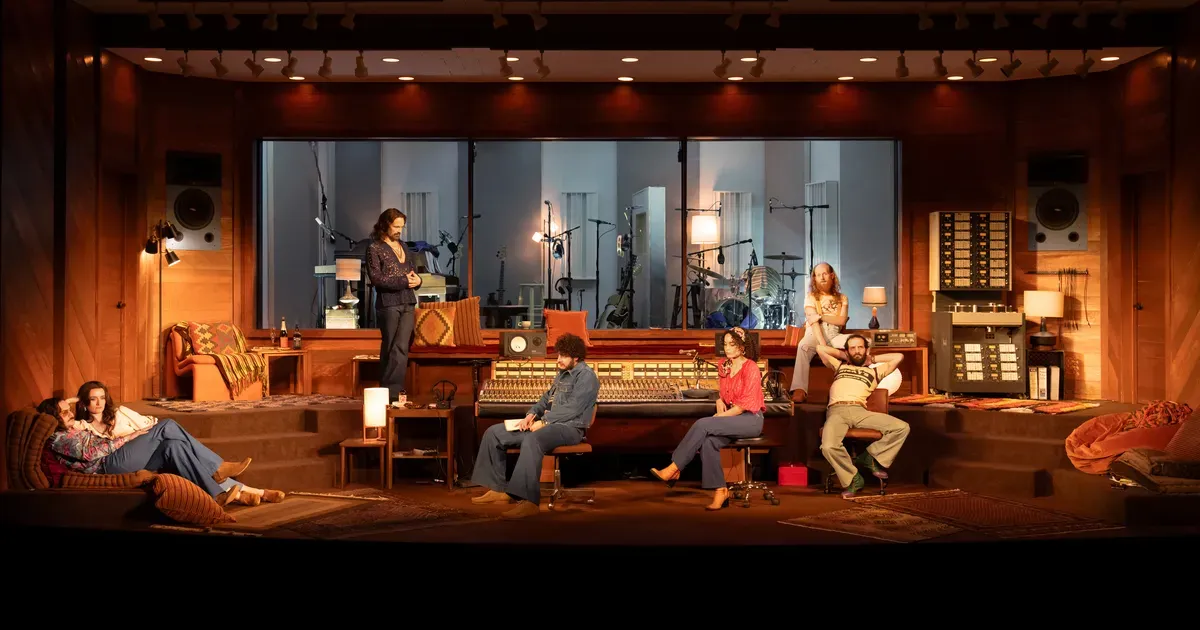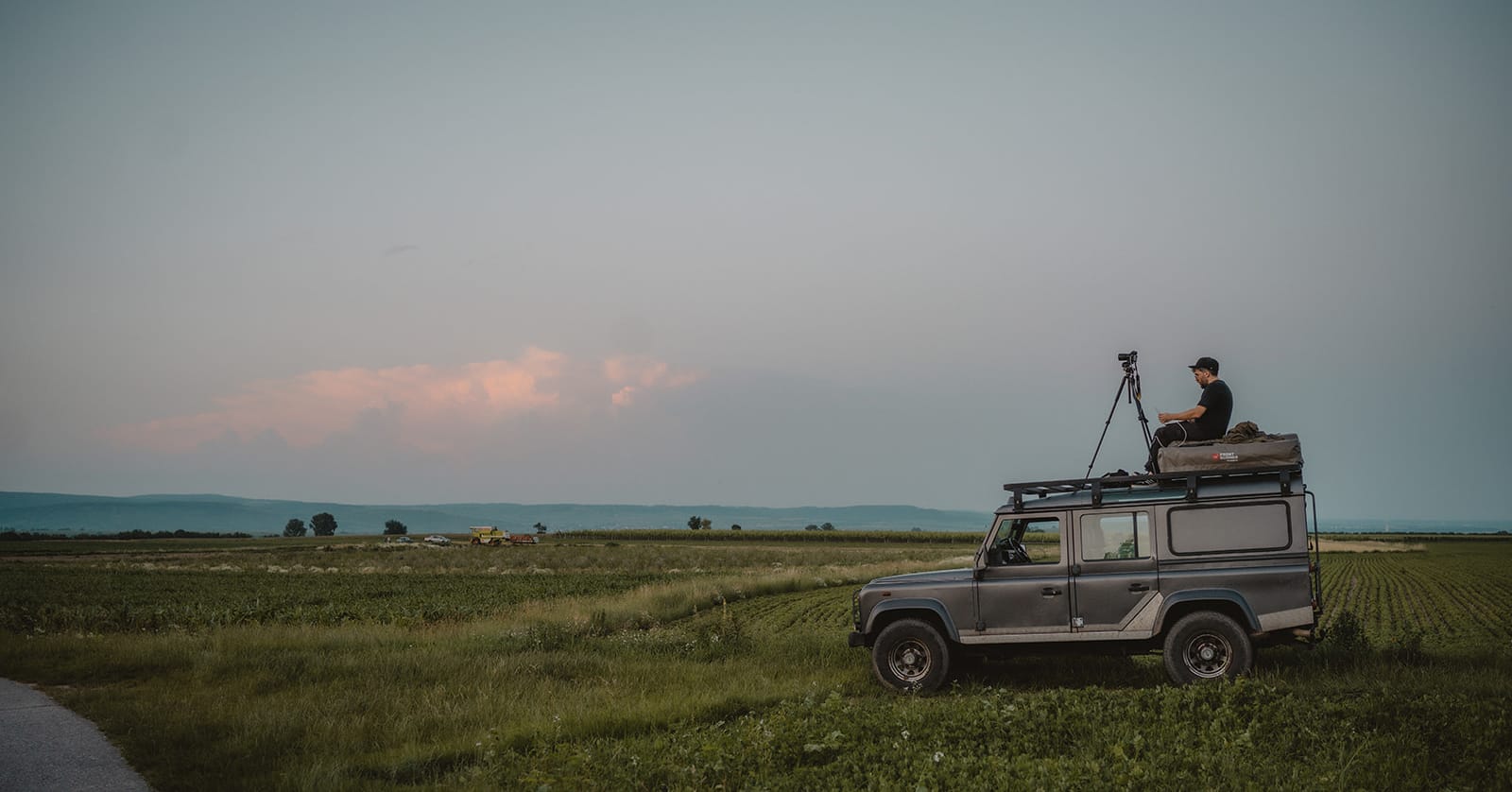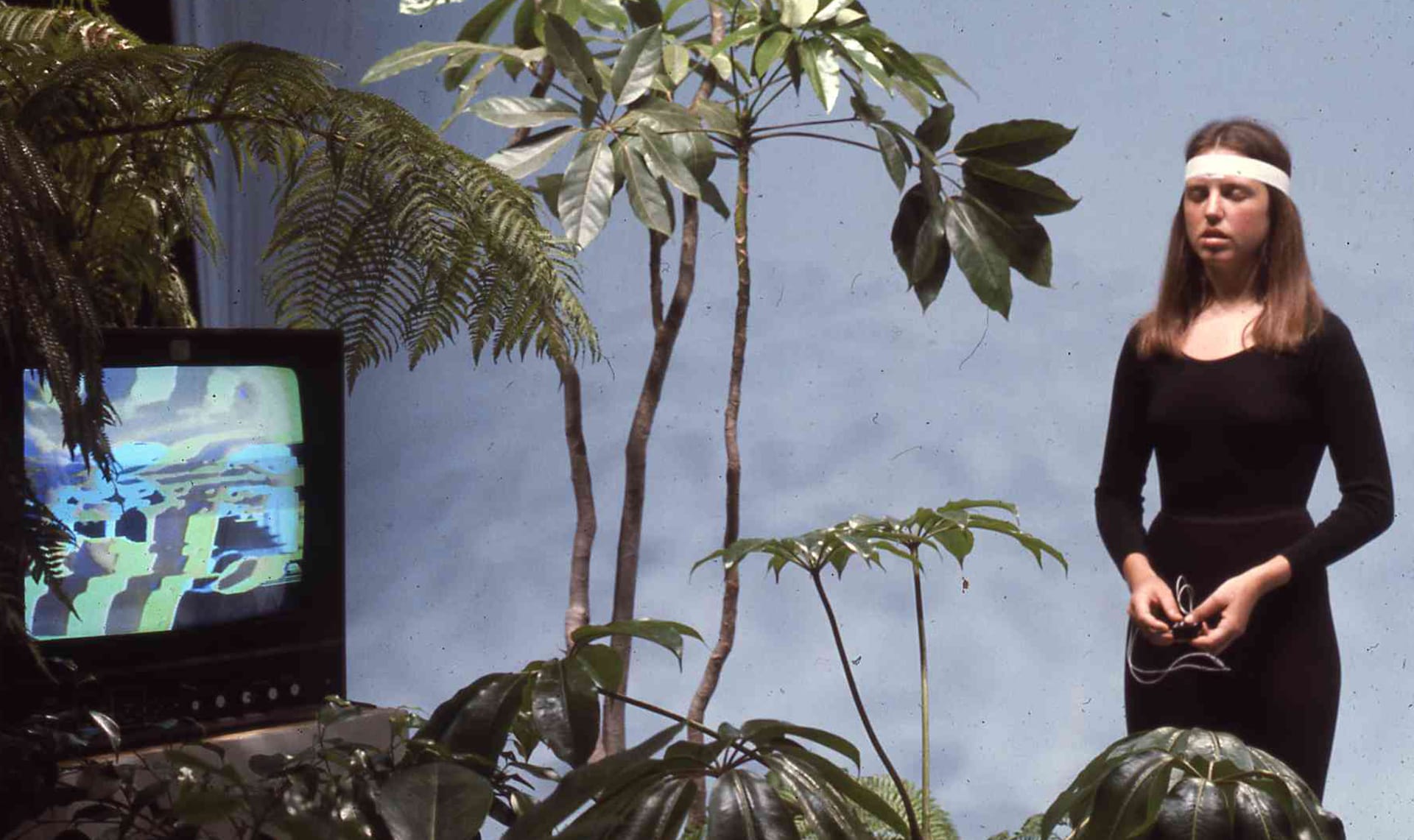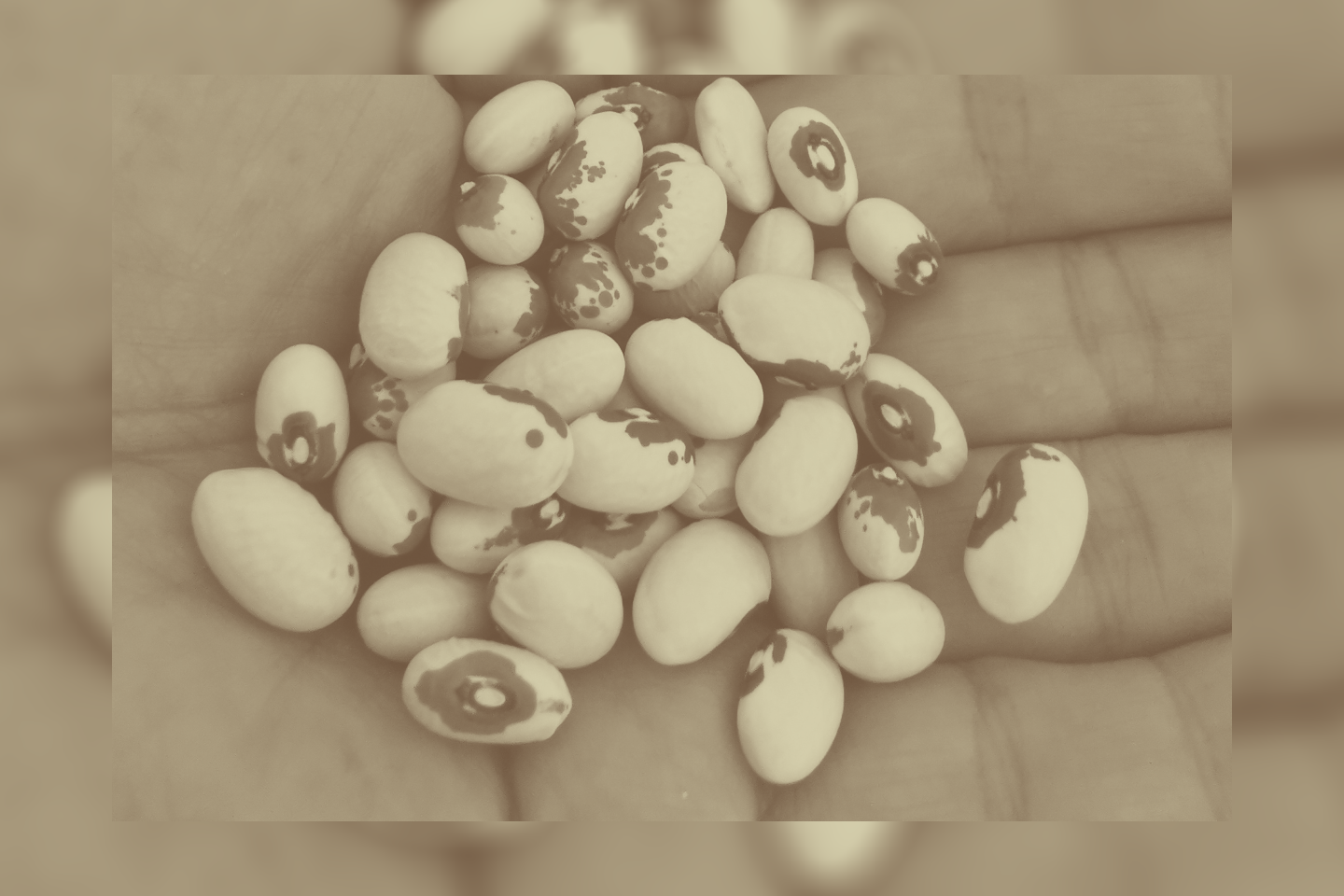
A Seed Is a Memory
Cecelia Brooks on the collecting of Indigenous ancestral seeds as a form of memory keeping.
A few years ago, Cecelia Brooks was on the search for an ancestral corn seed that grew for thousands of years in the Wabanaki lands she calls home, a region overlapping with much of the Canadian Maritimes. When she read in the newspaper about a farmer in Maine who might have the seeds, she cold called him, not expecting a reply. When the farmer did call her back, he surprised Cecelia with an invitation to a corn-ference, where various farmers would meet to discuss seeds and farming.
“It was just so heartening to see so many small, local, family farmers,” says Brooks, “who were doing everything to keep these ancestral seeds alive and pure, because corn seed will readily cross-pollinate. In order to preserve their genetics, you have to either hand-pollinate or grow nothing else.” These farmers were doing exactly that, despite hand-pollination being more cost and labour intensive, in order to preserve genetic diversity.
At the corn-ference she also spoke with people like Steve McComber, a respected Mohawk farmer and seed saver, and it’s in this way that knowledge of seed saving is usually shared—not through books or academic articles, but by verbally sharing personal histories and knowledge.
Brooks, who has a degree in chemistry from the University of Tennessee, now shares her own knowledge of seeds and growing foods through community workshops, medicine walks, and grassroots farming initiatives like Hayes Farm in Fredericton, New Brunswick. From there, the knowledge of seed saving grows. And for Brooks, so does the memory of the people who ate from the same seeds, planted the same crops, and told similar stories.
“In our communities we talk a lot about honoring our ancestors,” she says. “I think there's no better way to honour your ancestors than to plant a seed they nurtured and saved for millennia so that we could survive.”
+
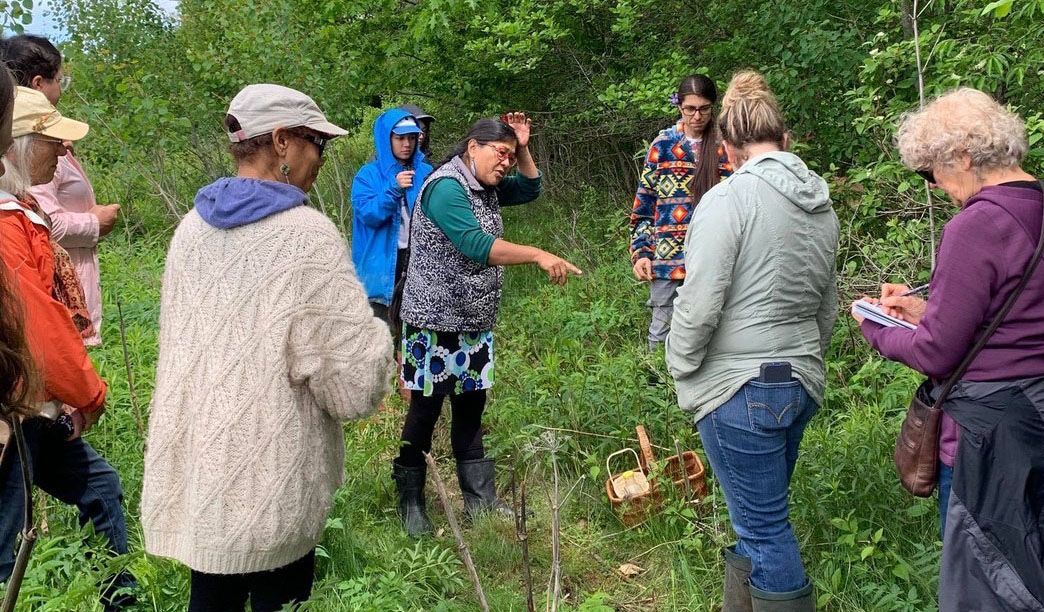
Where did your interest in seeds and growing food come from?
As a child my family moved around a lot. When we were living in Okinawa, Japan, my brother and I would eat watermelons—real watermelons, with seeds. We would eat the watermelons and spit the seeds off the porch. Soon I noticed seeds starting to sprout and my mom told me I would have to take care and plant the seeds somewhere so they wouldn’t get trampled, and that’s what I did.
My mom was very influential in my seed collecting. Anytime she ate something she liked, she would save the seeds from it in napkins. She started saving seeds for me, and when she died I got all of them wrapped in napkins with no markings on them. I’ve been planting them and am always surprised by what comes up.
Your focus as a seed collector has largely been on ancestral seeds, especially those that have been forgotten and almost lost—often in ways stemming from colonization. What are some of the challenges in rediscovering those old seeds?
It was frustrating when I began that process of seed collecting because of the reserve system and the entire process of colonization. The first thing they took away from us was our food. It's a formula, a recipe that colonizers have used for a very long time. When they want to cut you off from your identity, the first place they start is with food, in order to make us dependent upon the food they provide.
They would give out rations of white flour, baking powder, lard—things we weren't accustomed to eating. That was their answer, after taking away our ability to get our own food. Our main activity during the spring, summer, and fall months was growing and harvesting enough food so that we could survive another winter. That was typically how, in our communities, people asked your age: how many winters have you survived? Because it was about survival and our food stores.
Early on, I realized early on there were no ancestral seeds here in New Brunswick. Fortunately, we have Wabanaki people down in Maine, which is where I ended up finding a settler-farmer who was gifted some of our ancestral seeds. He had grown those seeds, and was now preserving them for the future.
Those seeds are a connection to our past. They've been cultivated and planted and nurtured for a very long time.The corn has been around for about 5,000 to 7,000 years. The Wabanaki people have been in New Brunswick for at least 15,000 to 18,000 years.
How have seeds connected you with your own history?
Before my father passed away in 2012, I spent a lot of time with him talking about the old ways. He was born in 1927, a time when things were already difficult because of the Depression. Combine that with being sequestered off to a reserve, and the children being taken away to residential schools. But there was something that did survive in his mind, he never forgot how as a child they would make the hominy corn.
Because they didn't have enough space to grow it themselves, the corn came from local farmers—field corn that the farmers used to feed their livestock. My father’s people would get the corn and nixtamalize it using hardwood ashes. The hominy would be used to make everything from bread and soups to corn nuts. Corn nut is actually an Indigenous food eaten as snacks. You start to see how the seeds really do take us way back, and connect us to our ancestors.
There is this idea of “two-eyed seeing” that seeks to understand the world through both Western and Indigenous forms of knowledge. How have those connections been present in your work?
Etuaptmumk, two-eyed seeing, teaches us that there is more than one perspective when we are learning about the natural world. A diversity of perspectives is important because it gives you a more holistic view.
I have a degree in chemistry that I somewhat fell into—it wasn’t something that I loved. When I finished, I realized I didn’t want to go to medical school. The other option they gave me was nursing. I definitely didn’t want to work for a chemical plant. Instead I ended up working for a water treatment company in Tennessee, where the water quality really wasn’t good.
I never felt at place in the United States, so I started saving money to return to Canada. As soon as I was here, I felt a connection with the place and people. That’s when I started working more with seeds. There’s so much knowledge about seeds, from the scientific to the spiritual. Herbalists have so many amazing stories about the ways that plants work to heal—sometimes there isn’t a scientific explanation for things. We don’t completely understand the way that plants work. For example, there are plants that can be used to treat low iron. You would think then that those plants actually contain iron, but often they don’t. We don’t know why they work, only that they do.

With your work at Hayes Farm, you’re going beyond just teaching about seeds and plants but also cooking.
The cooking I do at Hayes Farm is trying to get people to learn to eat locally, sustainably, and seasonally. I recently met with a group of elders from a community that's adjacent to mine who asked me to share my knowledge of medicines. That doesn’t come from the community, but really from my mother and books. As a young woman, I was very interested in medicinal plants.
In talking to these elders, I thought, well, our first medicine is food—so I made hummus. Everyone said, “But those are chickpeas.” I pointed out that you don't have to use chickpeas, you can use yellow eye beans, which is what I’d made the hummus with. I do this frequently when I visit communities, just to let people's imaginations grow, inspire them so that they don't feel like they're confined to chickpeas and tahini. We can use sunflower oil, yellow eye beans, and pumpkin seeds. And we don't have to eat it on bread. We can eat it on corn chips.
Anytime that I’m asked to speak to a community, I always insert food and seeds into the talk, because there's so much knowledge that's been lost and I'm a bit obsessive about it. I feel like I've gathered all this knowledge and it's my responsibility to share it back.
Have you noticed that younger generations are becoming more interested in learning about traditional seeds and foods?
Yes, and it's really inspirational to see them gravitate towards it. Another thing we had lost was our knowledge of wild rice. About four years ago I learned there was wild rice growing out on the river near where I live, so we took a bunch of young people out there. I'm doing another rice harvest in September with youth in the community who asked for it. They want to know more about the rice. I also get requests from settler members of the community as well. Although I hate to tell them no, I feel like I have to because we need to teach our people first, before I teach people outside the community.
Do you see teaching as a way of projecting all of this knowledge into the future?
That's exactly what I see happening. The first couple of years that Hayes Farm was in operation, they had a training program, where young Indigenous people were able to learn about gardening. They spent the entire summer and into the fall at the farm. That's how I got involved, to help teach the Indigenous foodways. There are probably close to 20 young people who have finished the certification program. If I can reach one of them, then I've done what I need to do. Out of those 20, there's one that I see really taking this idea and running with it. He's now teaching in another nearby community. He's sharing seeds and following up on his interest. So if I teach him and then he teaches others, the knowledge is going to get out there.
I collect seeds from the wild as well. There are just so many seeds and plants around us that our ancestors would have eaten. That’s usually the spark that gets people interested. Then when they get that first year of corn off their seed they go, “Wow, I grew this.” They get really excited.

There's so much agency in growing your own food, which brings us back to earlier, when you talked about colonialism and dependency. And I think about now, with grocery prices being so high, you’re showing another option where people can provide for themselves.
Especially when we show people how to grow the Three Sisters—corn, squash, and beans— because these were all winter storage crops grown by our ancestors. Because again, we had to survive the winter.
The other beauty of the Three Sisters garden is that you're able to grow it easily, you just plant it and leave it. You don't have to go and harvest green beans every day. You don't have to do anything. It just grows. It's a process of teaching people, taking them back to the past so that we can go into the future. Because food prices are ridiculous right now, I think that's been part of the impetus for people to reach out.
The food and seeds become a form of memory keeping. You can remember a person or people from the past through food.
Exactly. I know that it's a conscious memory here in my brain, it's a memory in my heart. I think that genetically, if you want to get down to the cellular level, our bodies remember it as well. When we eat the food that our ancestors left for us, then we're eating what we should be eating.


